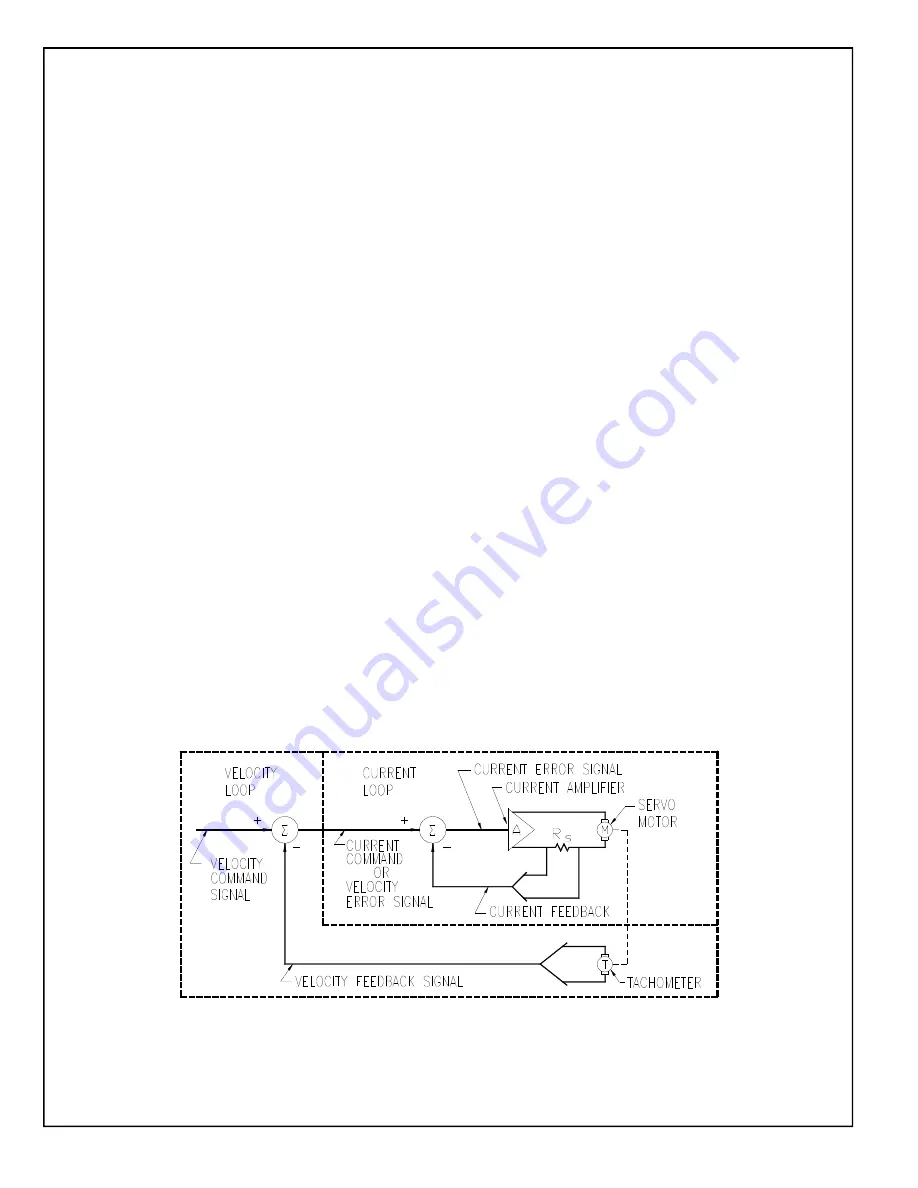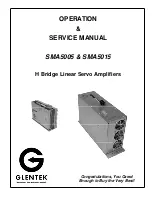
Glentek Inc. 208 Standard Street, El Segundo, California 90245, U.S.A. (310) 322-3026
SMA5005 & SMA5015 MANUAL
INTRODUCTION
The Glentek SMA5005 and SMA5015 H bridge linear servo amplifiers provide the optimum solu-
tion for applications which require high current loop bandwidth, low radiated electrical noise and
low crossover distortion. The SMA5015 amplifier incorporates our latest generation ISO-BIAS cur-
rent sense technology which provide one of the lowest drift linear amplifiers on the market today.
These amplifiers are constructed using surface mount technology and incorporate the latest in
heat transfer technology which make them one of the most powerful amplifiers for a given form
factor.
Typical applications are brushed DC permanent magnet motors and voice coil motors.
The SMA5005 & SMA5015 are configurable and can operate in the following modes:
1. Velocity mode for motors with tachometer feedback.
2. Current mode for torque mode operation
3. Voltage mode (SMA5015 only, special order)
A basic velocity mode servo loop for a brush type motor is shown in figure A. An external
controller commands a given velocity (RPM). The velocity loop summing amplifier compares this
command with the actual motor velocity, supplied by a DC tachometer on the motor shaft, and
produces an error voltage proportional to the difference between the actual and commanded
velocity.
The velocity error is used to command motor current in the inner servo-loop. The current loop
summing amplifier compares the command current (velocity error) with the actual current in the
motor and produces an error voltage proportional to the difference between the actual and
commanded current.
Finally, the current error signal is used to produce an output to drive the motor.
The velocity loop may be bypassed, and an external current command fed directly to the current
loop. In this case, the external command signal controls the torque of the motor, rather than the
velocity. This is known as current-mode operation.
1
Figure A - Velocity mode servo loop for a brush type motor



















